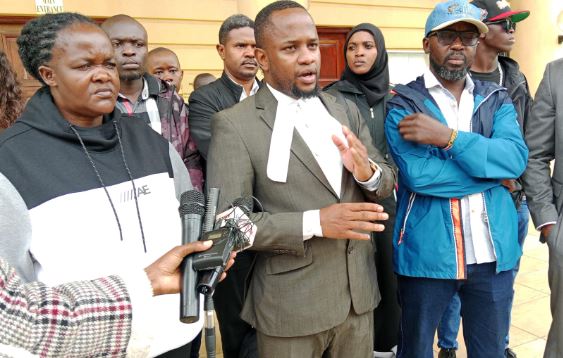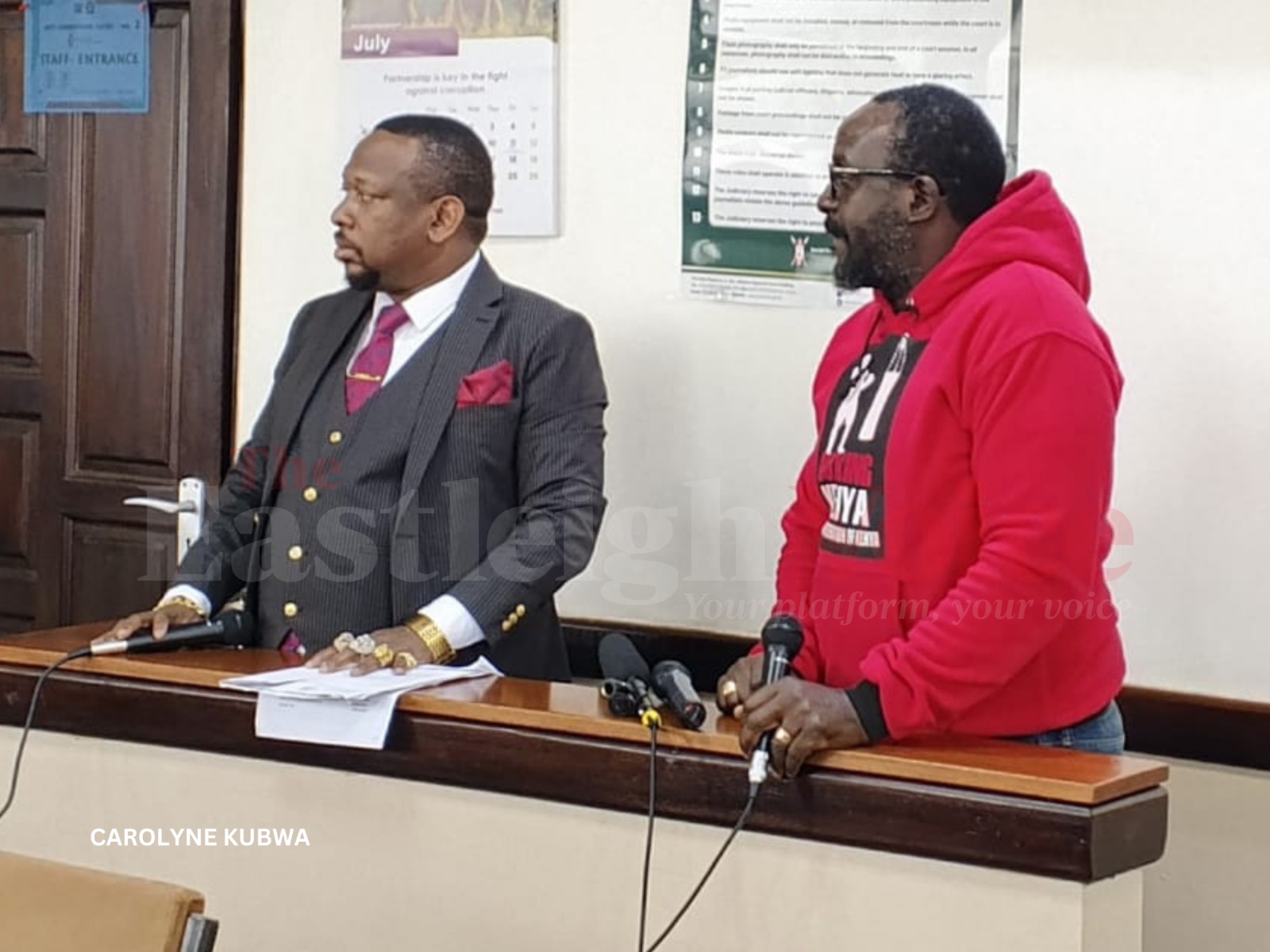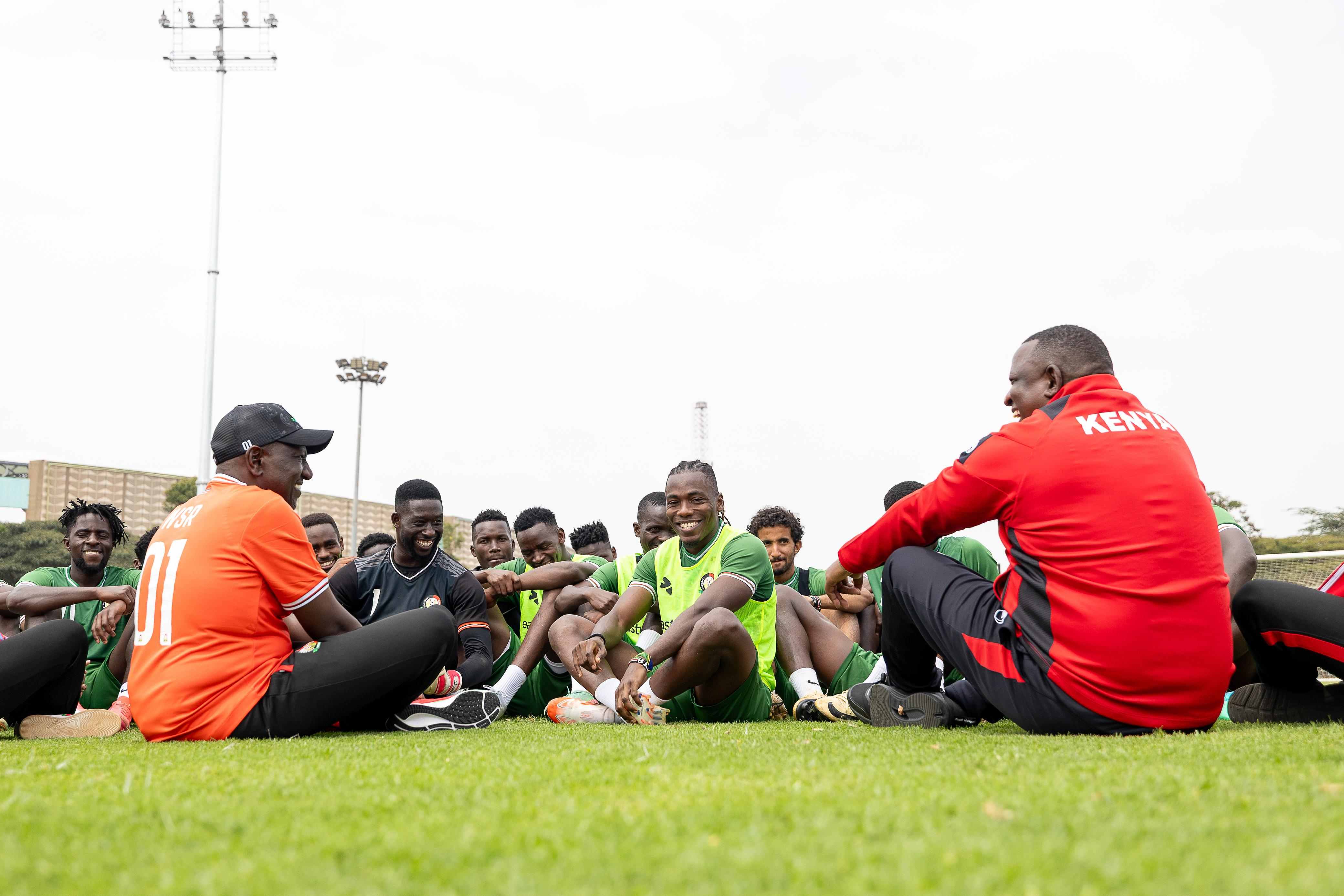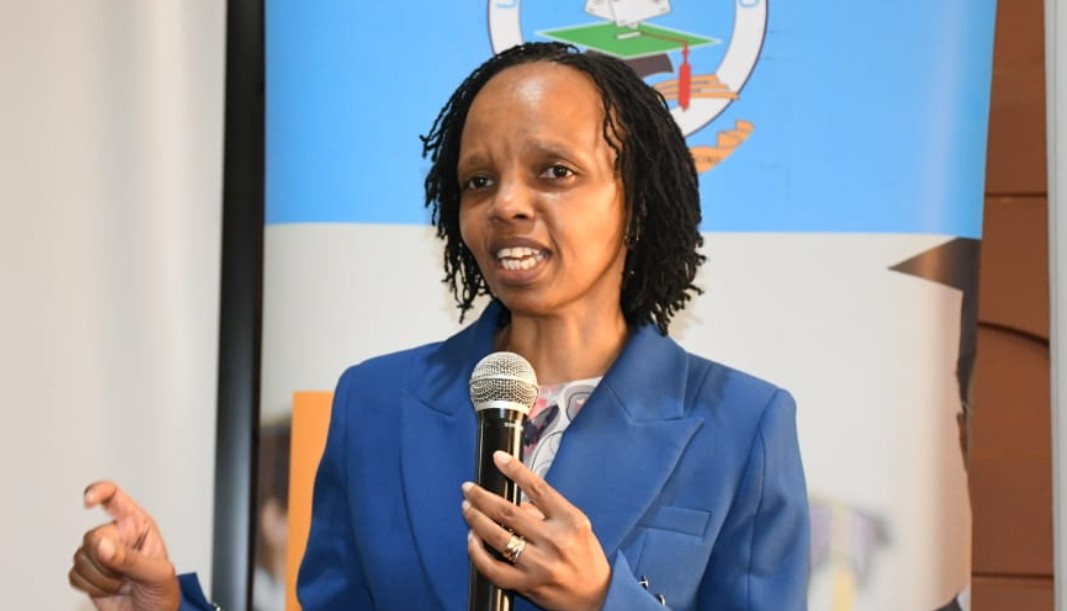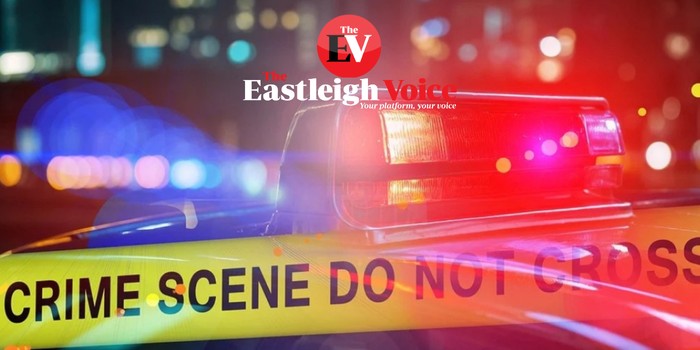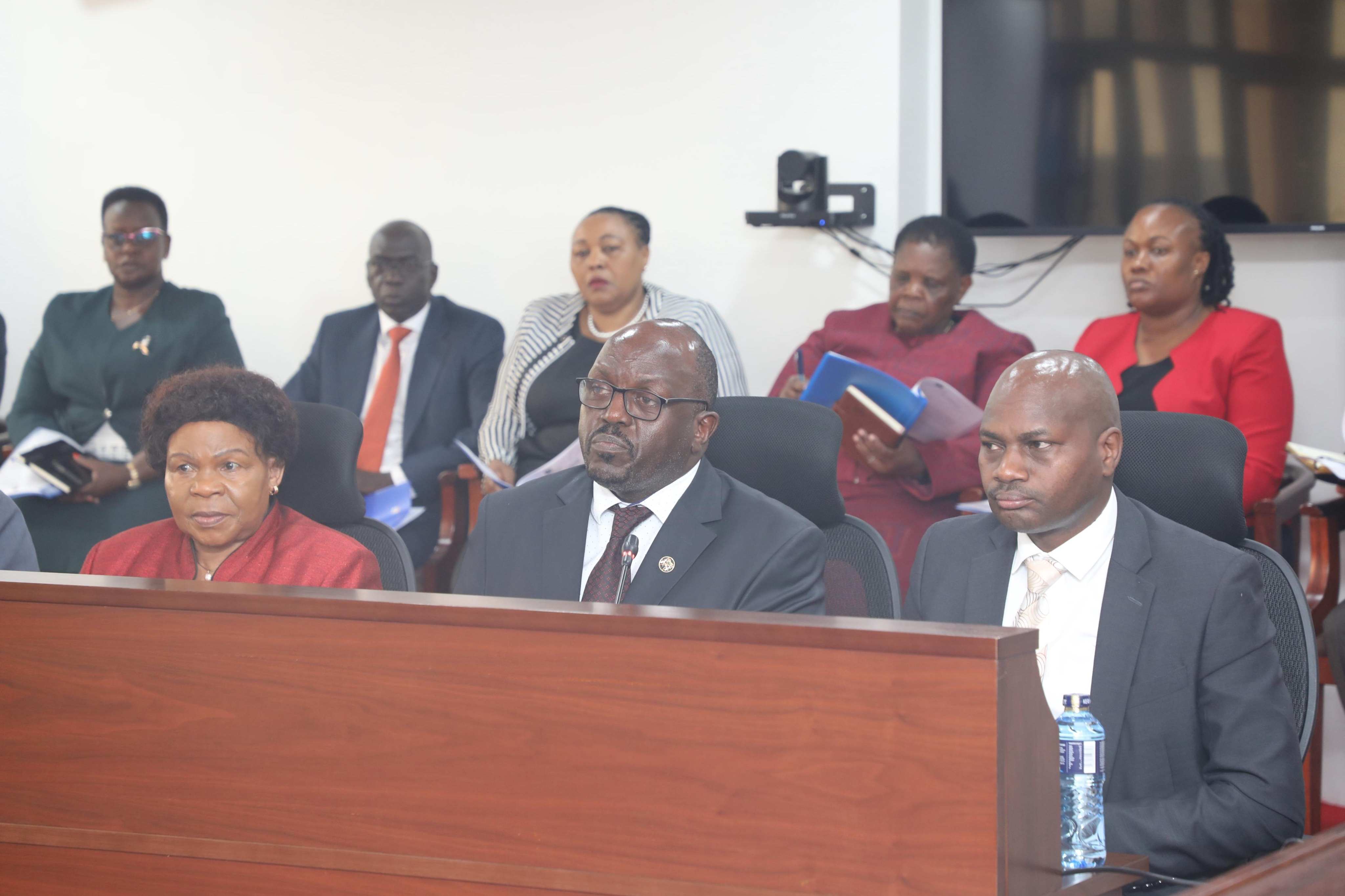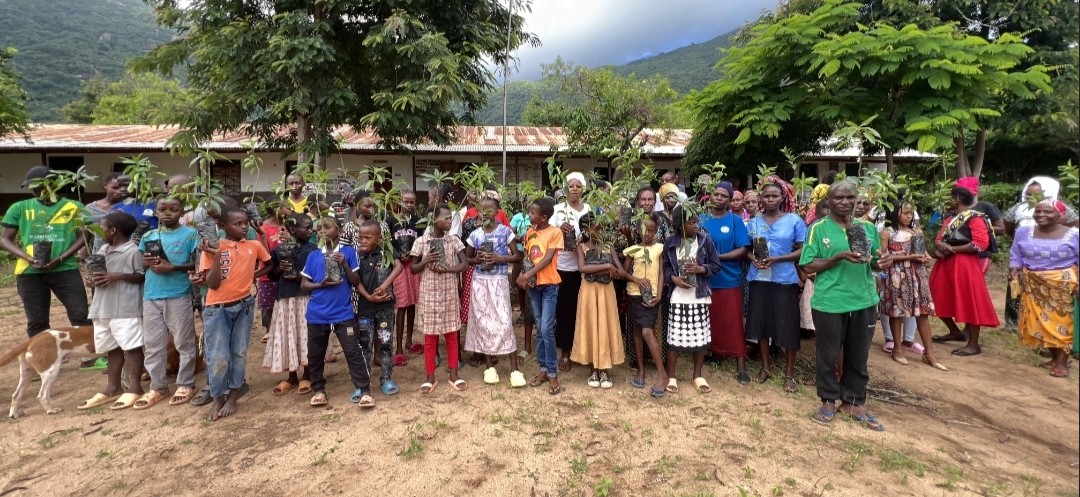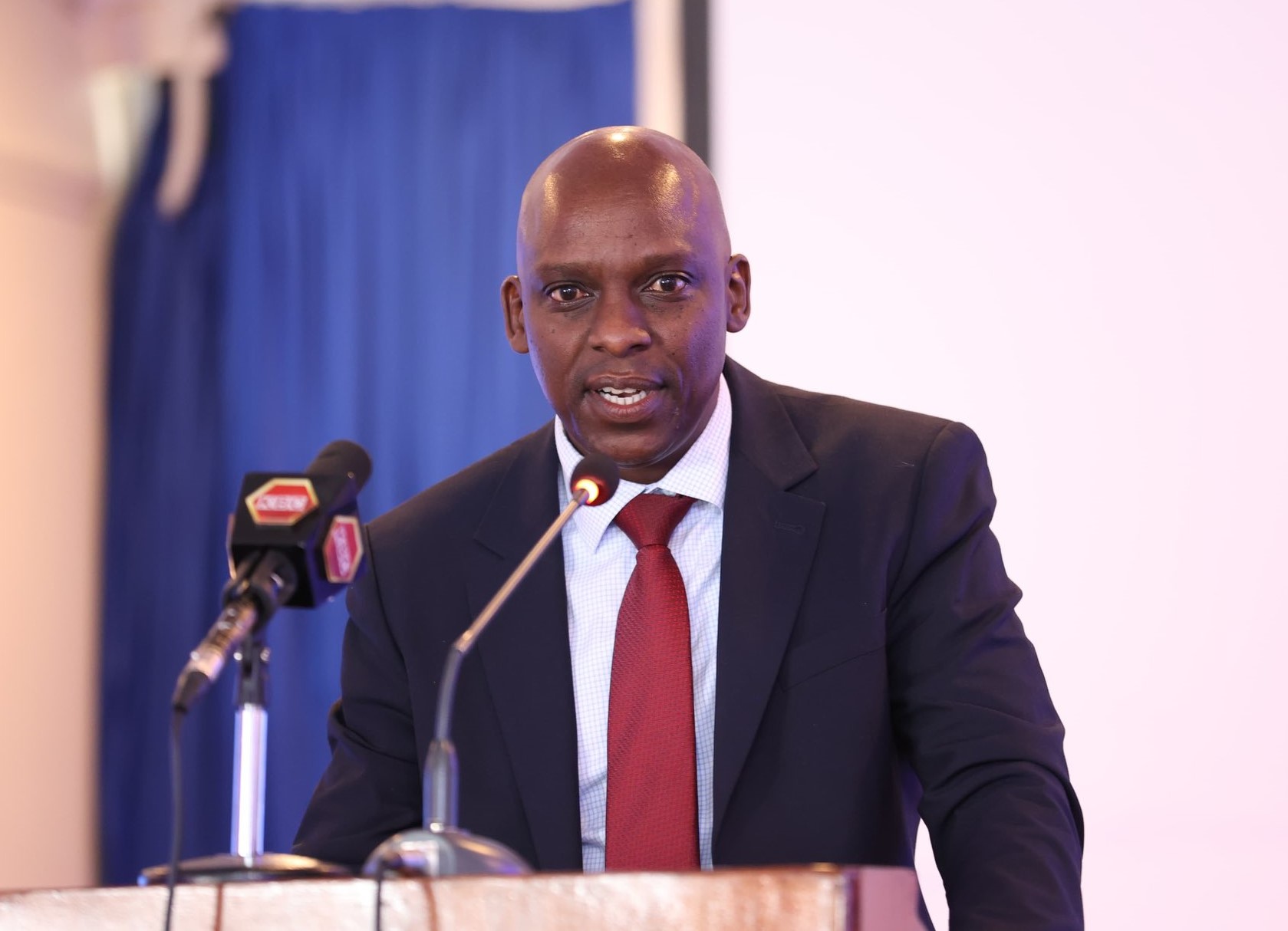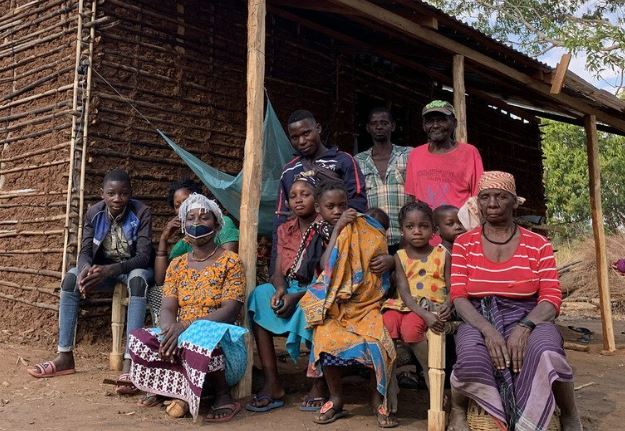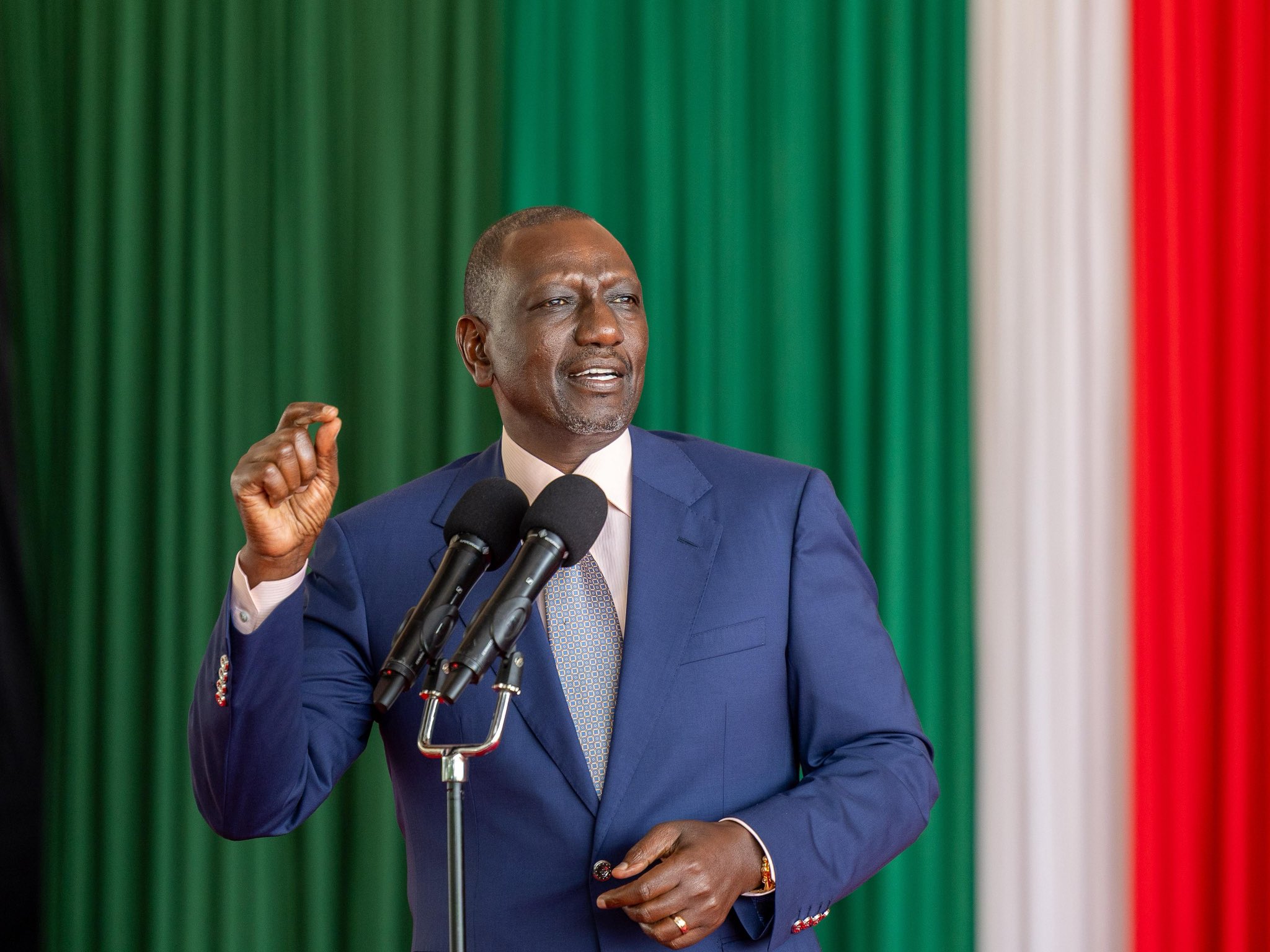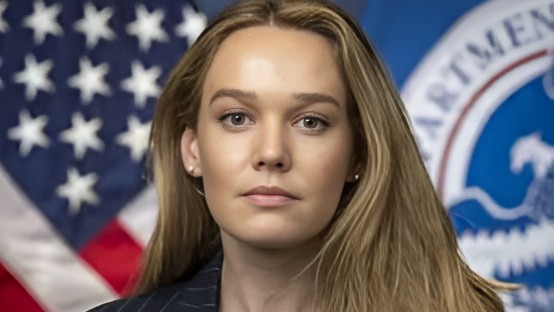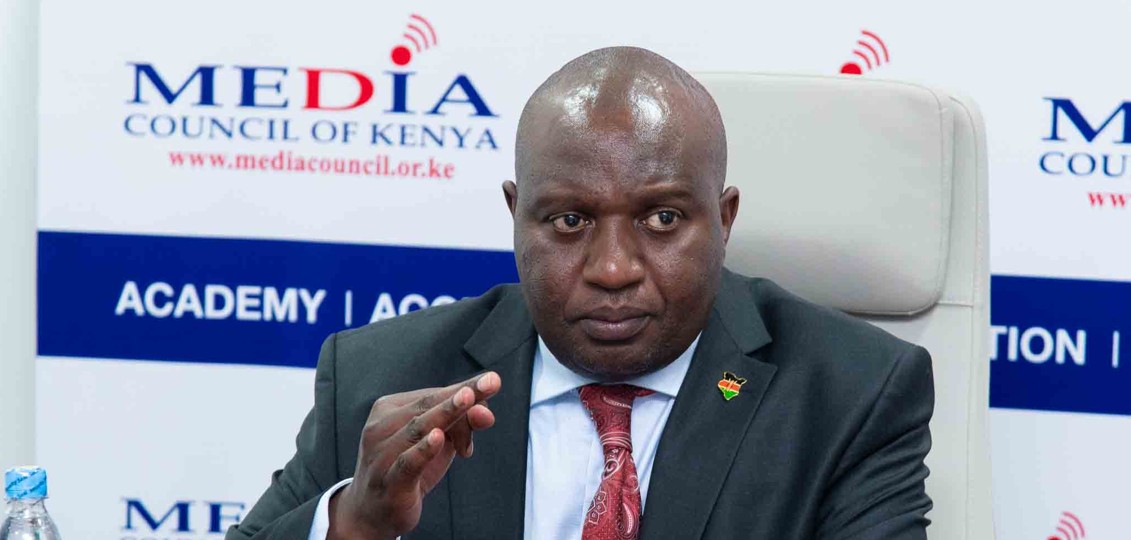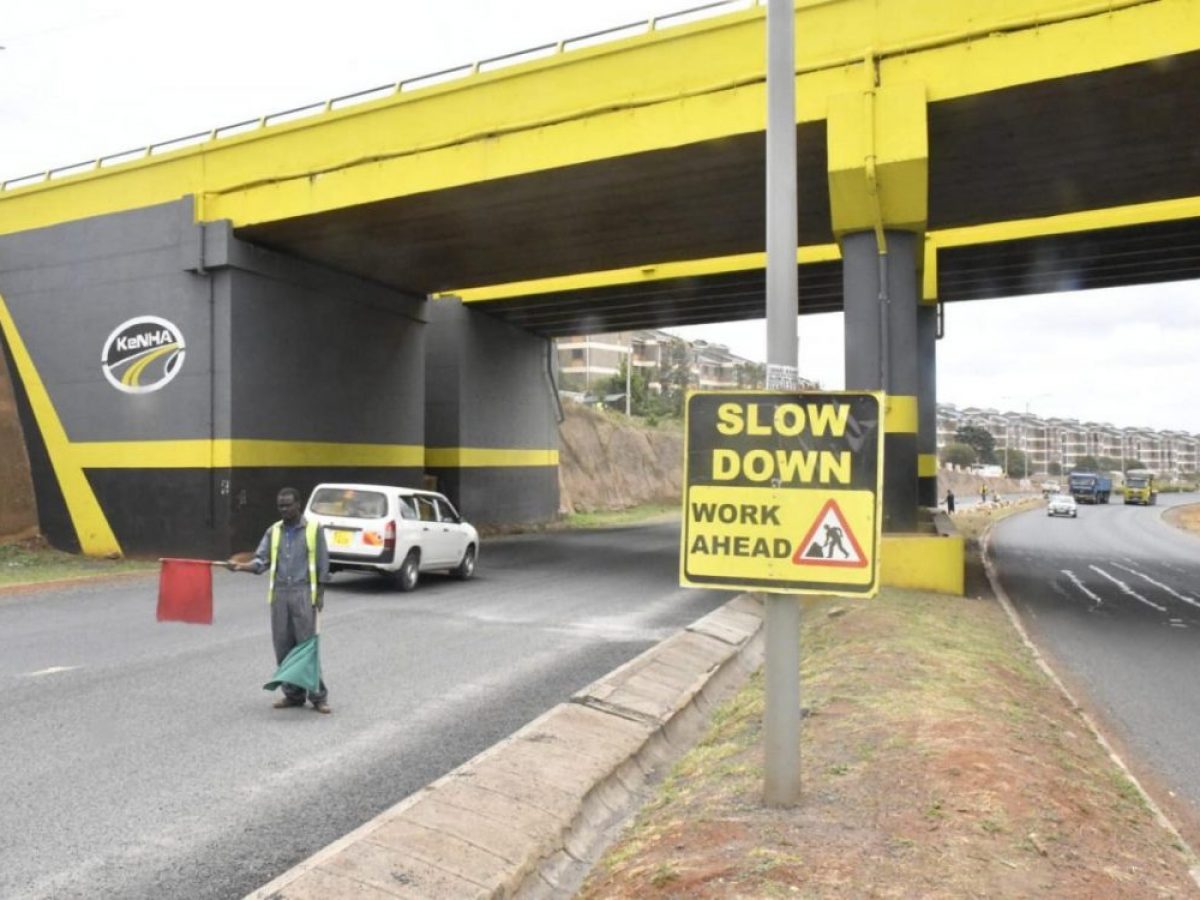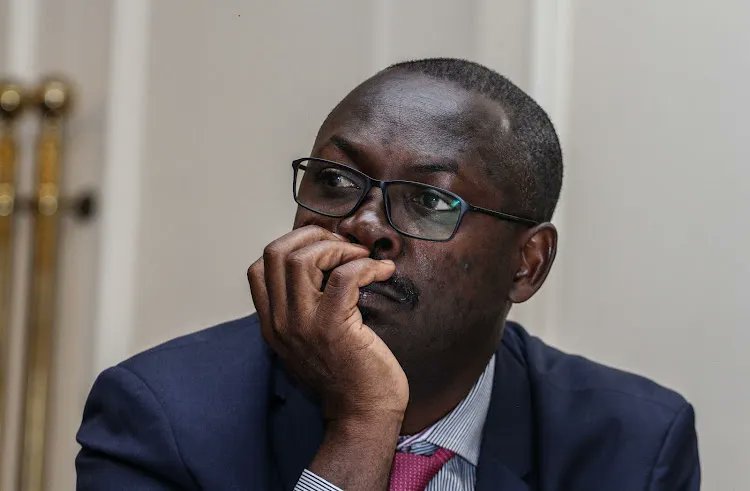Details of chopper that killed Ogolla as military probe commences
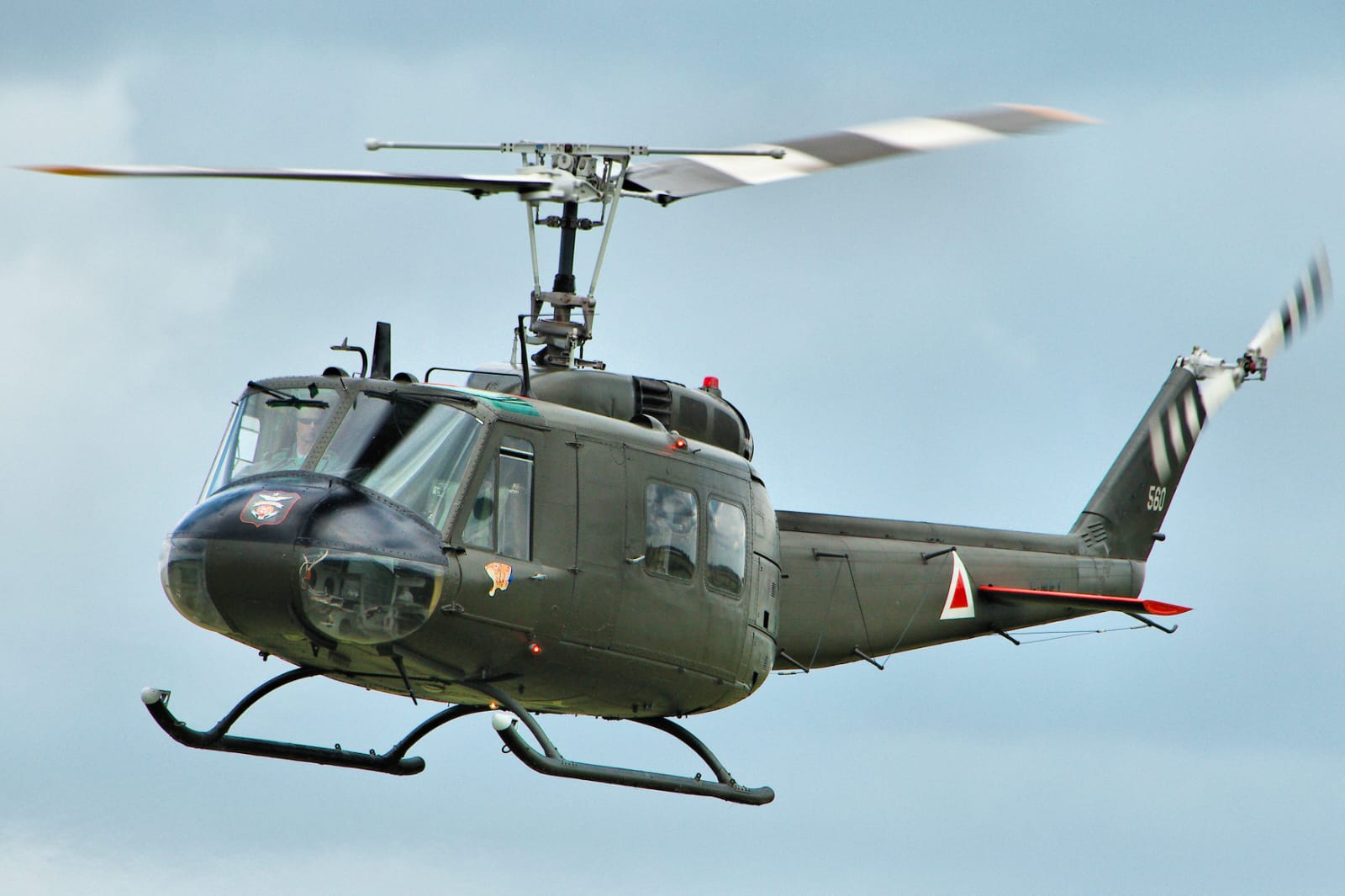
President William Ruto, the commander-in-chief of the Kenyan Defence Forces, ordered an immediate military probe.
The Kenyan Department of Defence has formed a specialised military investigative team to examine the helicopter crash that claimed the life of Kenya's Chief of Defence Forces, four-star General Francis Ogolla.
The incident occurred in Elgeyo Marakwet on Thursday afternoon while he was leading an operation to combat banditry. Ogolla died alongside Major George Benson Magondu, Brigadier Swale Saidi, Colonel Duncan Keittany, Lieutenant-Colonel David Sawe, Captain Sora Mohamed, Captain Hilary Litali, Senior Sgt John Kinyua Mureithi, Sergeant Cliphonce Omondi and Sergeant Rose Nyawira.
More To Read
- Court freezes payout to four civilians shot by KDF, directs Defence Ministry to deposit Sh7.9 million
- Appeal court stops Sh7.9m payout to Garissa residents who sued State over alleged military shooting
- KDF officers to start paying for lunch as government ends free meal programme
- President Ruto announces major KDF leadership changes, appoints new Kenya Army, Air Force commanders
- KDF probes military plane crash in Kwale that claimed lives of instructor and trainee pilot
- Africa chiefs of defence forces conference begins, urges stronger collaboration on security challenges
Following the tragedy, President William Ruto, the commander-in-chief of the Kenyan Defence Forces, ordered an immediate military probe.
The team is being led by Brigadier Mohamed Salah Farah, Commander Laikipia Air Base, who has been designated as the Board of Inquiry Chairman.
Board of Inquiry
Such investigations, a senior military source, told the Eastleigh Voice often take months, and they involve numerous parties, including regulatory agencies, forensic labs, military and government experts, to find root causes and contributing factors of the air accident.
The investigation process consists of collecting evidence, analysing and investigating, and documenting and reporting, which can take several years if not months.
In the military, an air crash is a disaster on so many levels.
Where lives have been lost, families and the country are left grieving and when reputations are tarnished, air safety protocols of the entire defence force can be called into question, and even aircraft manufacturers can be implicated.
While a very rare occurrence, every military air crash must be thoroughly investigated to prevent a similar catastrophe from happening, according to military sources.
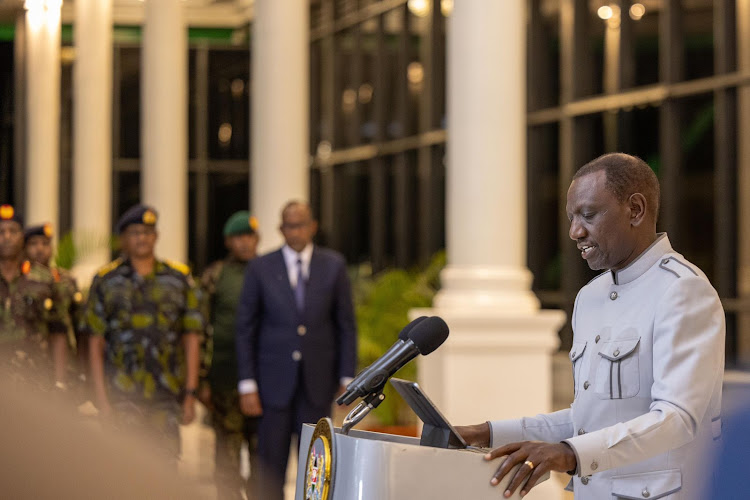 President William Ruto announces the death of CDF General Francis Ogolla at State House, Nairobi, on Friday, April 19, 2024. (Photo: PCS)
President William Ruto announces the death of CDF General Francis Ogolla at State House, Nairobi, on Friday, April 19, 2024. (Photo: PCS)President William Ruto announces the death of CDF General Francis Ogolla at State House, Nairobi, on Friday, April 19, 2024. (Photo: PCS)
Kenya Airforce’s aircraft inventory is old and getting older.
Aircraft, such as the one that killed General Ogolla were designed and manufactured more than 60 years ago but remain critical elements of the Air Force’s force structure.
It was a Bell Huey II that was delivered in 2017 from the USA. The Huey helicopter has been referred to as the workhorse of the Vietnam War.
This is because the Huey — aka the Bell UH-1 Iroquois — performed a variety of roles during that conflict.
It flew medical evacuation missions, transported troops into battle, and even served as an attack helicopter.
Kenyan military aviators, familiar with the helicopter, often describe it as the "workhorse of KDF" because of its extensive utilisation.
Interior CS Kithure Kindiki has frequently been seen piloting the Huey military chopper, undertaking security missions across the country.
Defence sources say the ageing of certain fleets, and falling of military choppers from the skies, and a fluctuating budget environment, have led to some worry that the Air Force’s inventory is likely to be more prone to incidents that result in a loss of aircraft or, worse, life.
This is the deadliest incident for the Kenya Defence Forces, not solely due to casualties, but because it claimed the life of a top-ranking military official—Chief of Defence Forces and the country's only serving four-star General.
Similar crashes
In addition to the recent incident, on September 19, 2023 a Kenya Air Force Huey Helicopter, similar to the one that killed Ogolla, crashed in Lamu County, resulting in at least eight fatalities.
This specific helicopter was decommissioned from active US Army service in early 2005 but has since been acquired by third-world countries like Kenya.
Bell Helicopter, the manufacturer of the choppers, stopped producing spare parts and delegated maintenance to third-party companies.
In 2021, former Philippines President Rodrigo Duterte called for all Huey helicopters in the Philippine Air Force’s inventory to be decommissioned due to their frequent involvement in fatal crashes.
During a camp visit at Camp Teodulfo Bautista in Jolo, Sulu, an island province of the Southeast Asia country, the retired President wanted to know how many Hueys were left and said that these were old, and there was nothing more that could be done about them even if given good maintenance.
Duterte was in Sulu to visit troops who had engaged in clashes with alleged members of a faction of the Bangsamoro Islamic Freedom Fighters.
“I will buy helicopters,” he said in Filipino.
He said he wants six or seven more new helicopters for the PAF before the end of his term.
Investigation reports
Despite the standard operating procedure dictating the establishment of a Board of Inquiry to investigate military air crashes in accordance with Section 223 of the Kenya Defence Forces Act, the causes of these accidents have remained under investigation.
Regrettably, the Kenyan Military has yet to release any crash investigation reports, leaving the public uninformed.
On Friday, a former senior Kenyan military aviator, experienced in multiple military crash investigations, informed the Eastleigh Voice that these reports are exclusively reserved for internal military use, with none ever disclosed to the public.
The close a military probe report came to be shared public was on April 5, 2007, when Njenga Karume, then a minister of state for defence made a ministerial statement in parliament on the delay in tabling a report on the 2006 Marsabit plane crash that killed a cabinet minister, and six other politicians and at least seven other people.
The military cargo plane was carrying a high-level delegation on a peace mission. Five legislators perished in the Chinese-made Y-12 aircraft crash.
Njenga, now deceased said the board of inquiry made long and comprehensive investigations but indicated the report was classified “confidential” since the aircraft belonged to the Defence Forces.
The parliamentary committee on Defence, Intelligence, and Foreign Relations has been criticised for not exerting enough pressure on the military to disclose its board of inquiry reports to the public or to conduct thorough reviews of the airworthiness of its fleet.
Top Stories Today
